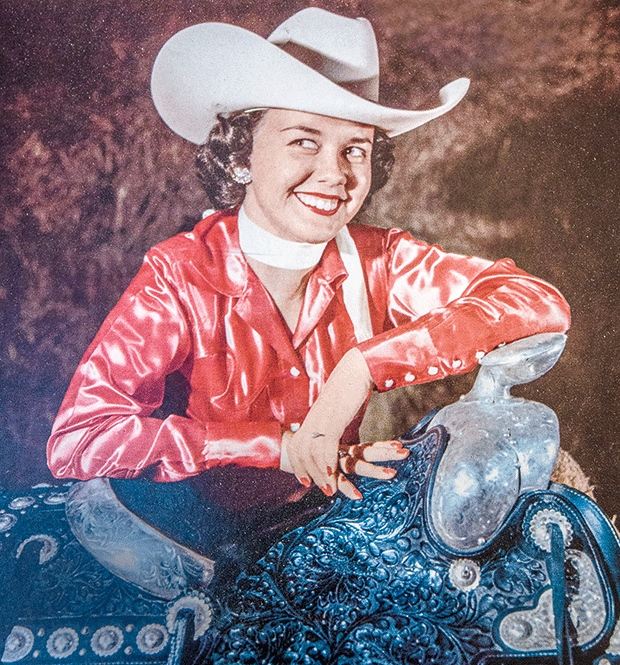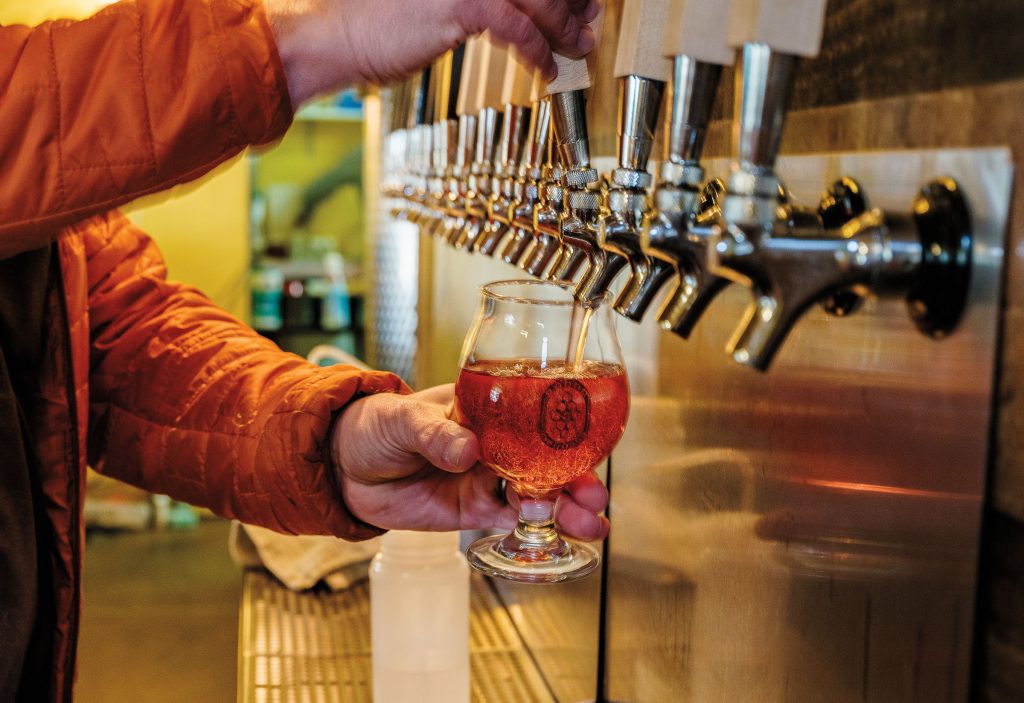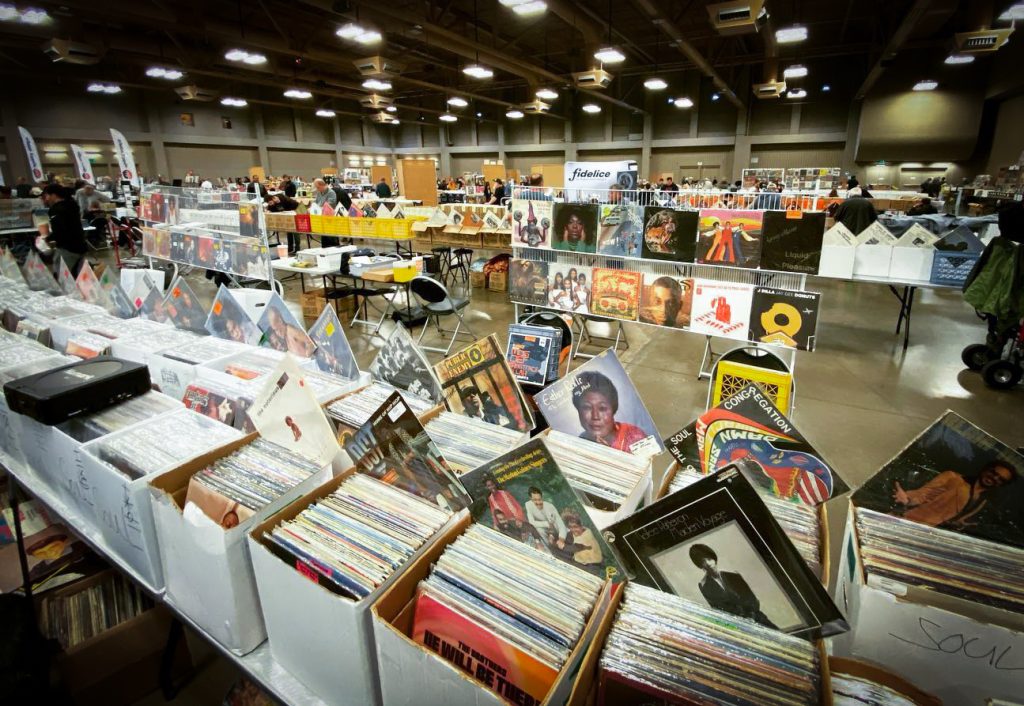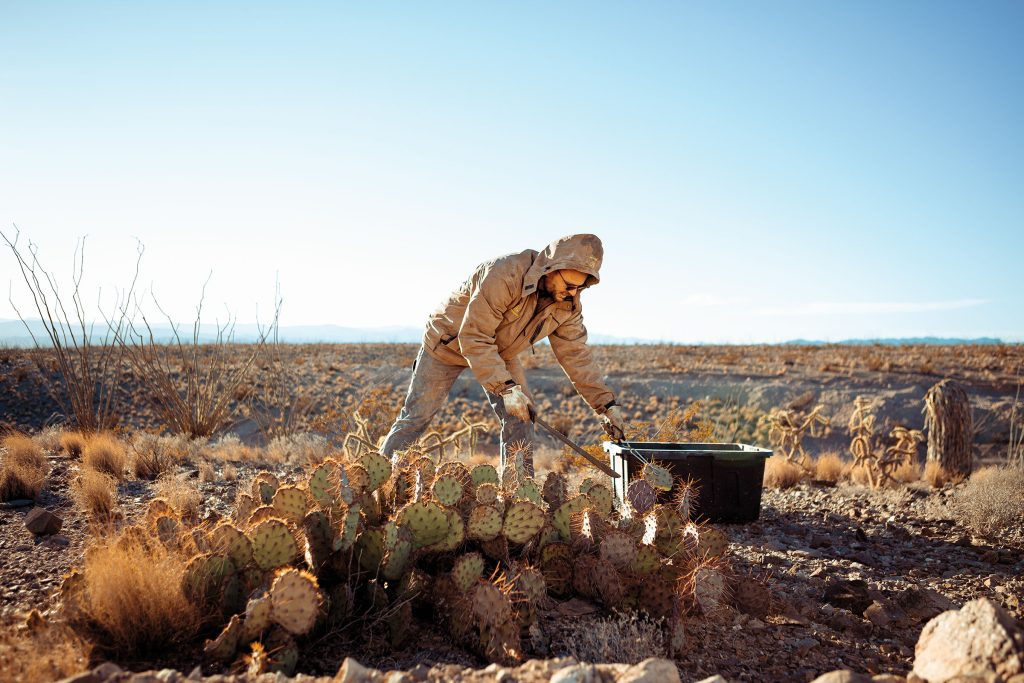
Bucked off a bronc and knocked unconscious, Florence Hughes Randolph lay on a stretcher at the 1929 San Antonio Rodeo. Suddenly coming to, she jumped back on the horse. “It’s all in the game,” said the four-foot-six athlete after completing her ride on the “hurricane deck,” rodeo lingo for the back of a bucking bronc.
North Texas Rodeo Museums
The Dublin Rodeo Heritage Museum is at 118 W. Blackjack St. Open Wed-Sat 1-5. Free admission. Call 254/434-3675. On July 16, the museum’s annual Dublin Rodeo Reunion features a parade, chuck wagon meals, a branding-iron ceremony, a kiddie corral, and Memorial Walk honorees.
The National Cowgirl Museum and Hall of Fame is at 1720 Gendy St. in Fort Worth. Summer hours are Mon-Sat 10-5 and Sun 12-5. Call 817/336-4475.
The National Multicultural Western Heritage Museum is at 3400 Mount Vernon Ave. in Fort Worth. Call 817/922-9999.
I learned about Florence and other tougher-than-leather cowgirls at Fort Worth’s National Cowgirl Museum and Hall of Fame, one stop on my recent tour of North Texas rodeo museums. The circuit also took me to the city’s National Multicultural Western Heritage Museum and to the Dublin Rodeo Heritage Museum. The museums explore the history, legends, and tradition of rodeo in Texas and beyond, setting the stage for the hundreds of rodeos taking place across the state every year.
I started my rodeo museum circuit at the Dublin Rodeo Heritage Museum, located in downtown Dublin in the ranchlands of Erath County. The museum’s vintage rodeo programs, artifacts, photographs, and films chronicle the World’s Championship Rodeo, which was held in Dublin from 1940 to 1959. Rodeo promoter Everett Colborn founded the rodeo when he established his Lightning C Ranch to raise rodeo stock like bulls, broncs, steers, and calves. The ranch stretched across 14,000 acres in Erath, Hamilton, and Comanche counties. “The legend says lightning struck a prize bull, so he named the ranch the Lightning C,” said museum President Carolyn Harbin.
The Lightning C brand—a lightning bolt across a letter C—is depicted in various pieces of gear on display at the museum, including chaps, a metal medallion from ranch gates, kiddie cowboy boots, a necklace, and shirts worn by participants in the rodeo show’s quadrille, a square dance performed on horseback.
Colborn partnered with Dublin Rodeo Enterprises, which built a 9,000-seat outdoor arena in Dublin to host the World’s Championship Rodeo. Dubbed the Colborn Bowl, it was said to have been the Southwest’s largest of its kind at the time. Major rodeo stars like Jim Shoulders, Casey Tibbs, Toots Mansfield, and Tad Lucas competed in Dublin’s rodeo, which also became known as the pre-Madison Square Garden rodeo. Every year after the Dublin competitions, the bulls, broncs, cowboys, and cowgirls boarded a train for New York. Singing cowboy movie star Gene Autry became a rodeo business partner with Colborn in 1942, and a photo in the Dublin museum shows Colborn and Autry riding horses together in the Manhattan ro-deo parade.
Guests big and small can sit on a saddle and have their picture taken in front of a large photo of rodeo champion Harry Tompkins aboard an ornery Brahma bull, one arm flying in the air and a big smile on his face. Tompkins, originally from New York, is a five-time world champion bull rider who married the Colborns’ daughter, Rosemary. Bull riding “was like dancing,” Tompkins told the Abilene Reporter-News in 2011. “I’d be thinking about something else while I was riding.” Asked what he thought about, Tompkins said, “Girls. What else would anybody think about?”
The women of rodeo take center stage at the National Cowgirl Museum and Hall of Fame in Fort Worth’s Cultural District. Dedicated to celebrating women and their contributions to the American West, the museum unveiled a renovated first floor last summer and plans to renovate its second floor in the coming months. The museum’s Grand Rotunda welcomes visitors with a new mobile, a glorious, high-tech assemblage of 100 hanging still and moving pictures of ladies of the sage and cactus patch.
Also on the first floor, the Hitting the Mark: Cowgirls and Wild West Shows exhibit elegantly honors the women who participated in these shows of the late 19th and early 20th centuries, considered forerunners of rodeos. A headline on a front-page reproduction of the Fort Worth Gazette from 1887 indicates that the shows, which toured internationally, had fans among female leaders abroad: “Queen Victoria is as Tickled as a School Girl Over the Performance of the Wild West Show.”
Though Buffalo Bill Cody was the best-known buckskin impresario, the exhibit also explores other Wild West shows, including Pawnee Bill’s Wild West, later known as Pawnee Bill’s Far East, and the 101 Ranch Real Wild West. Florence Hughes Randolph, the resilient bronc rider and trick rider mentioned earlier, even produced her own show at the young age of 16, calling it Princess Mohawk’s Wild West Hippodrome.
The Wild West Shows exhibit showcases artifacts from the era, including a beaded leather tunic and gauntlets worn by Lillian Smith, aka Princess Wenona. The exhibit also presents an unprecedented portrait of sharpshooting superstar Annie Oakley, including personal effects like her wedding ring, handwritten letters, cabinet cards, and a traveling trunk, as well as promotional items. In a life-size hologram and four small dioramas, a vividly rendered Oakley talks about life in a Wild West show. An Oakley sculpture by Fort Worth artist Janice Hart holds Annie’s actual shotgun.
Second-floor exhibits feature the 224 members of the Cowgirl Hall of Fame Gallery, a roster that includes rodeo cowgirls, ranchers, artists, entertainers, humanitarians, educators, businesswomen, and writers. All are represented in a massive photomontage, and a few are highlighted on a revolving basis in separate displays. This spring, the displays included Velma B. Johnston, also known as “Wild Horse Annie” for her work to protect wild mus-tangs and burros. Stricken with polio as a child, Johnston was inspired by a photo on her hospital wall showing wild horses running free. Also featured was Western music star Louise Massey Mabie, whose display included stage attire, vintage songbooks, and a 78 rpm recording of
her 1941 hit, “My Adobe Hacienda.”
In a second-floor exhibit about women in rodeo, a plaster cast worn by cowgirl Ruth Roach in 1933 serves as a reminder of the sport’s dangers. I also learned that women were excluded from rodeo competition in the mid-1940s, which led to the creation of the Women’s Professional Rodeo Association. With some 2,500 members today, the WPRA sanctions women’s events—primarily barrel racing—at rodeos across the country.
The women of the National Cowgirl Museum and Hall of Fame remind us that a rainbow of ethnicities contributed to the story of the West and the evolution of its representative sport. Also in Fort Worth, the National Multicultural Western Heritage Museum emphasizes that fact as well.
“We’re a teaching museum,” ex-plained co-founder Gloria Austin. “We want to help educate about individuals who contributed to the West but are often not included in the textbooks.” Open on Saturdays and by appointment for groups on Wednesdays to Fridays, the Multicultural Western Heritage Museum offers children’s storytelling and arts-and-crafts activities on Saturday afternoons.
A gallery devoted to the Buffalo Soldiers, African American frontier cavalrymen, features 19th-Century pistols and a vintage McClellan saddle. Copies of Cathy Williams’ discharge papers—she posed as a male to enlist and serve—are also on display. The museum, set in a former senior center, also operates a Buffalo Soldier camp and other youth programs at a 10-acre site about four miles from the museum. (The museum’s future plans include building a new museum and relocating to the site.)
The museum’s Hall of Fame includes Bill Pickett, the Texas-born African American cowboy who invented the rodeo competition of bulldogging, which inspired today’s steer-wrestling event; Bose Ikard, a cowboy born a slave who went up the Goodnight-Loving Trail; Comanche Chief Quanah Parker; Herb Jeffries, singing cowboy film star known as “the Bronze Buckaroo”; Jackson Sundown, the great Nez Perce rodeo star; and Native American trick rider Vicki Herrera Adams.
Visit any of these sites—and more like them across the state—and I’ll bet my boots you’ll toss your Stetson and holler: “Let’s rodeo! At the museum!”








